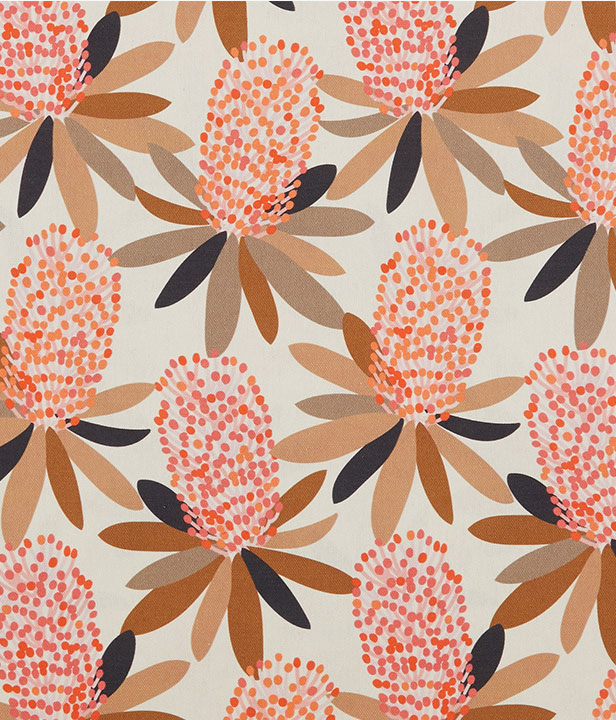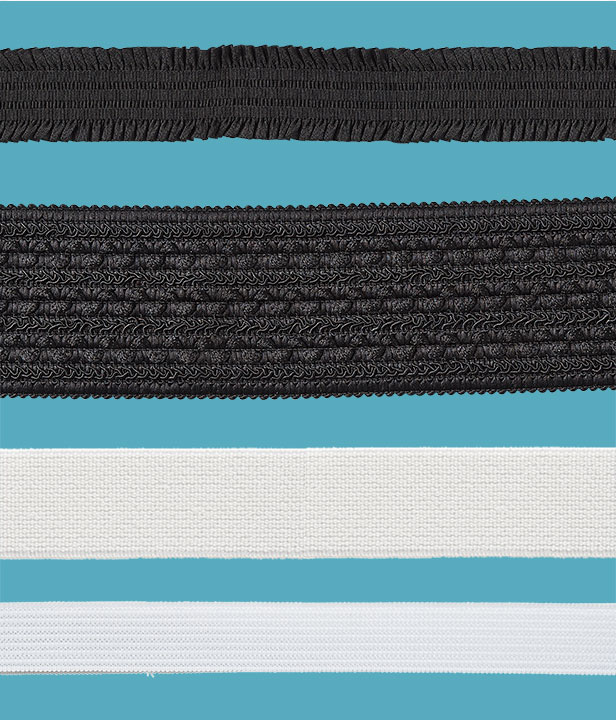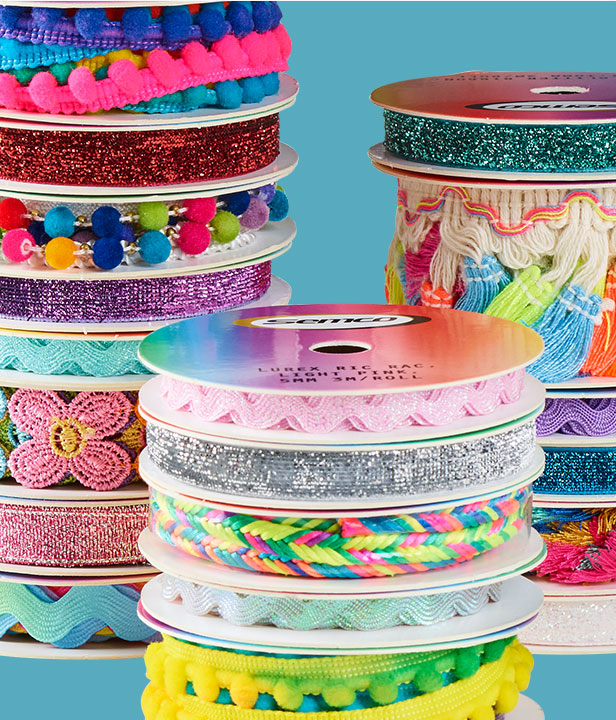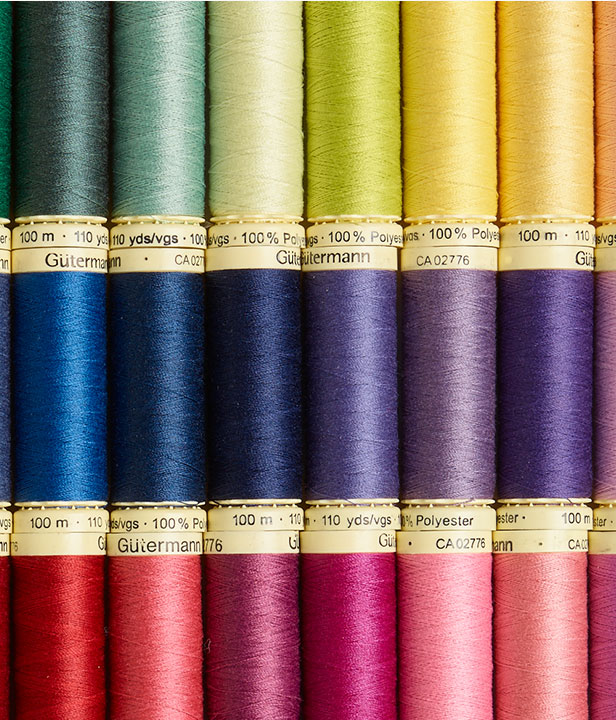 | ||
| Your browser is not supported. | ||
|
Please browse our site using any of the following options:
| ||
How To Make A Face Mask
We all need to play a part in helping to slow the transmission of COVID-19 across Australia. Medical experts are now recommending we use face masks when out in public. So, to help you help our communities – we’ve outlined a step-by-step guide on how to make your own reusable DIY face mask. Here you will also find a very handy FAQ section with some other helpful tips.
View our free step-by-step guides and videos below or get creative with our DIY Face Mask Projects.
Please note: Pattern & fabric recommendations are based on publicly available information at the time of publication. Spotlight makes no claims about the medical benefits of wearing DIY face masks. A DIY face mask is not a substitute for a medical device or Personal Protective Equipment (PPE) but can be used as one element to help reduce the risk of infection. It does not guarantee protection for the wearer and is not a substitute for other measures including social distancing guidelines and regular hand washing. It is always recommended you follow government health guidelines.
FAQS
What are the best fabrics & materials for DIY face masks?
A blend of breathable materials across 3-layers is ideal.
What should each layer be made of?
Layer 1 is the base layer
This is what will be against your face, so make it soft. Any soft cotton-based fabric is the best way to go. Cotton is perfect for the base layer on account of its moisture absorbing qualities. Cotton, Cotton Poplin, Cotton Flannel even Cotton Jersey. If you’re using fabric from home why not try old brushed cotton pyjamas, t-shirts or leggings.
Layer 2 is the middle layer
This will act as your filter layer. You’ll want to use a more breathable fabric like a cotton polyester blend such as Broadcloth, Top Pop Poplin, tightly woven Cotton Poplin or even a printed Poly Cotton. You can also easily use your 2 outer layers to create a pocket for your own filter. Filter fabrics can include pillow protectors, enviro-cloth or light-weight fused interfacing. Note: these are not considered medical-grade filters and will not substitute for medical PPE.
Layer 3 is the outer layer (furthest from your face)
This is the layer that is furthest from your face and it is the layer that everyone sees – so why not make it all about you. It should consist of a light-weight fabric such as Polyester, Nylon or even a blended fabric. Try a Poly-Cotton blend such as our printed poly-cotton to make a style statement. You could even upcycle old clothing like sports or running gear for their water resistant and moisture wicking properties.
You can download our free DIY face mask patterns here.
How many layers of fabric for a DIY face mask?
Like the government says; something is better than nothing! But the magic number is three. A 3-layer cloth face mask that covers the nose and mouth as recommended by the government should provide adequate protection. A mix of breathable fabrics make for the best face masks as they allow enough comfort for breathing but can also protect from inhaling airborne germs.
What pattern or shape should I use?
You do you! This is all down to personal preference.
But remember to always make sure:
- Your nose and mouth are completely covered
- Your mask extends down to the tip of your chin
- Your mask sits close to your face to avoid letting too much air in at the sides
Download our free DIY face mask patterns here.
Do DIY face masks help stop Coronavirus?
The Department of Health & Human Services suggests that adding a layer of protection will help in restricting the spread of the virus amongst the community.
Is a DIY face mask safe?
A DIY face mask can supply ample safety provided it fits securely over your nose and mouth and has no accessible areas. Holding the mask in place with ear loops is acceptable, provided the fabric spans across the entire cheek. You can also use elastic or a tie for a more secure fastening around the back of the head.
Can face masks be washed and reused?
Disposable face masks are single use, but homemade DIY face masks are washable and reusable – guaranteeing you’ll never need to worry about stores running out of stock and concerning yourself with how to source a face mask in a hurry.
By making DIY face masks yourself, you also get to champion self-expression with the use of fabrics that suit your personality and style. This could be anything from vibrant floral prints to your favourite cartoon characters to a face mask in your favourite solid colour.
What can I use instead of elastic for the ears?
You can use a range of different alternatives to elastic. It all depends on how long you plan to wear the mask and what is comfortable for you. Make a basic tie out of the same fabric or substitute with Grosgrain Ribbon, hair ties, Cotton Tape or Knitted Jersey.
Ear Loops or Head Straps?
Most commercially available masks are made with ear loops, however these can become uncomfortable if you wear them all day. Head straps or tie-up ear loops are great alternative and can be made with ribbon, cotton tape or bias binding.
Can I use fabric I already have or even upcycle something?
Using fabric from your home stash is a great option. You could try cutting up a pair of running shorts for a water resistant fabric layer – make sure you wash them first – or a reusable “green” shopping bag if you’re after a sturdy alternative to enviro-cloth.
Do I need a sewing machine to make a mask?
You can sew masks by hand, but keep in mind the kind of needle you are using when working with layers of thick fabric. We recommend using an all-purpose, Polyester thread for strength and longevity. Keep in mind that hand-sewing may not afford the durability of a machine-sewn mask, especially when standing up to constant washing.
What type of sewing machine will I need to make a mask?
Any type will suffice for a project like this! If you’ve never sewn before you might really enjoy it. We have a large range of affordable sewing machines for beginners through to experts and at all price points here.
Can I decorate or embellish my mask?
Go for it! We are all about celebrating self-expression! You can put whatever decoration, design or embellishment you like on your mask! From a fancy trim around the edge or a vinyl decal. What about a transfer like sparkly red lips – after all no one is going to see your lipstick for a little while.
Whatever your style, make it you and make it yours! Just remember to not overload your mask or it could get heavy and uncomfortable to wear. Oh, and try not to block your nose/mouth area – it might prove a little hard to breath comfortably.







